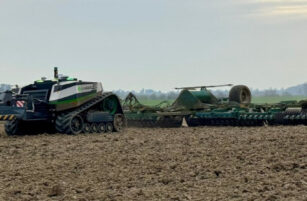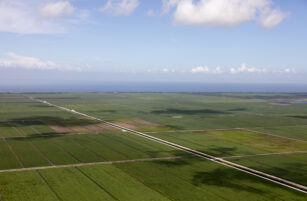Opinion Focus
Although cane is a fairly resilient crop, this year rains have been much lower than historical average. This affects not only the cane in the fields, but also how mills plan renovation. What could the impact be for next season?
Unlike the EU, where sugar prices have a much more immediate impact on beet acreage, Brazil has a different dynamic when it comes to cane planting.
Cane Acreage Brazil

Source: CONAB
While beet must be planted each year, cane is a perennial crop and so can be ratooned. It is then replanted every five to six years.

This means that the flexibility to shift from one culture to another is much lower than in beet countries. Moreover, in Brazil contracts between farmers will be at least five years, so even if there is another crop offering higher returns farmers will not be able to act on it, unless they have a contract that is about to expire. This can make Brazilian cane acreage even slower to respond to price signals than area in, say, Thailand.
The higher the ratoon, the older the cane field is. Which is why replanting is essential. The ideal rate of renovation is said to be between 15-20% each year to maintain an optimal average age of the cane field – older cane fields are more prone to suffer from adverse weather and diseases resulting in lower agricultural yields.

However, this season has been extremely dry. Millers and farmers will not plant when it is too dry as they could lose the investment made. So how has planting progressed been so far and what does it mean for next season?
Planting Period
The planting period for cane in CS Brazil takes place from December to November, and is divided into three types: 12-month cane, 18-month cane and 15-month cane – the months refers to how long the plant develops before being harvested.

This is done so there always is cane ready to harvest throughout the season. However, the distribution is not equal with around 70% being 18-month cane, 20% 15-month cane and 10% 12-month cane.
Usually, 18-month cane gets the better weather for crop development – when it rains more. However, it has not been the case this year:
Daily Weather Updates on CZ App

Nonetheless, up until February, planting was even higher than in 2023. From March onwards, though, cane planting dropped significantly. This means average age next season could be much higher, resulting
in concerns regarding cane development – especially since rains need to be normal from October to March in order to guarantee a minimum recovery after such a dry year.
Fires in CS Brazil also have not helped with the planting calendar, which in several regions had to be halted.
In short, less planting, dry weather and fires do not improve the outlook of cane availability for next season…














